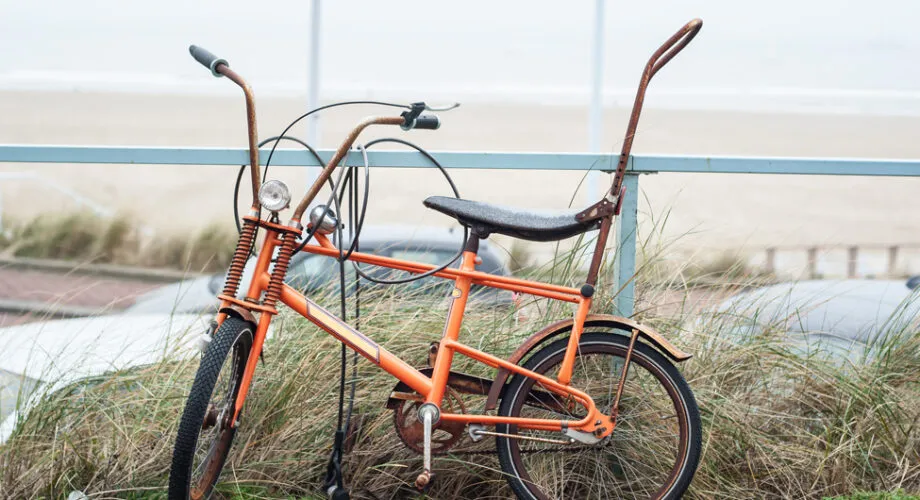
The Fear of Change
I once had a boss who always trotted out the same old phrase to rally the team after a new business win; “We’re moving the business forward…” he would say thinking about the opportunity to work with someone new, the revenue and the development of the agency. This phrase always puzzled me as surely no one in their right mind would want to move a business backwards or sideways, would they?
Phrases, slang, idioms and three letter acronyms litter our office vocabulary these days and, in a meeting, recently two were trotted out in quick succession – “if it aint broke, don’t fix it” & “let’s not reinvent the wheel” which I think we all know means ‘no change’…
I often wonder why people are resistant to change and I am especially curious about why phrases like “let’s not reinvent the wheel” are used to put change off. Here are a few reasons why this phrase frustrates me and why brand owners should NEVER use it.
The place and time of the invention of the wheel remains unclear. Popular depictions of its use by Stone Age man might not necessarily be true and in recent years historians believe the first wheel was in use in Eastern Europe or possibly by the Sumerians (a City in Iraq). What is clear is that no one race or civilisation invented the wheel, and it first came into use around 5,000 years BC.
The first use of the wheel was not how we imagine a wheel (on a car, bike etc). It was invented to be used as a potter’s wheel – a horizontal rotating device to help make pots and vessels. A wheel on a vehicle didn’t come along for another 1,000 years!
We’ve had wooden wheels, clay wheels, stone wheels, iron wheels, even copper wheels. The wheel was evolving, and continuously developing. Around 2,000BC there was a need for a lighter kind of wheel, which prompted the invention of the spoked wheel (think of the Spartans in their horse-drawn chariots). In 1,000BC the wheel evolved again with an iron rim for robustness to move people and goods further and faster.
Fast forward to 1870, and the invention of the wire wheel and pneumatic tyres (think bikes, cars etc.) and now we have sophisticated, lightweight forged or cast alloy wheels and people are looking at modular, collapsible wheels for wheelchair users and Y shaped tracked wheels, with shape shifting tyres to assist in the development of autonomous, driverless vehicles.
I’ll not bore you with every nuanced historical change to the wheel, but I think you get my point. The wheel has been around for 7,000 years – but it HAS changed. I don’t think I could have coped at 11 years old with my Raleigh Grifter having stone wheels. My legendary and much envied wheelies would have never come to fruition and Samantha from number 24 would have never thought of me as the coolest kid in Bromley!
So, what has all of this got to do with brands and brand development?
Firstly, don’t fear change. To avoid your brand stagnating, it is imperative to embrace change to keep up with an ever-changing market. And, as the needs and wants of consumers constantly evolve you must change with them to remain relevant and connected.
Secondly, when you create a brand, or a brand plan, make sure you carefully diagnose the market and the consumer through research and insight. This will enable you to create clear and coherent strategies that are executed via whatever communications method is right and relevant to meet your stated strategic objectives/goals.
Like the wheel there will always be the need for small, incremental changes that will create a dramatic and positive effect on your brand. Leave your brand alone and it will eventually die. It needs constant micro adjustments and changes to make it flourish.
At The Brand Nursery we have been growing brands for nearly 20 years using this philosophy and if you work with us, you’ll never hear the phrase “let’s not reinvent the wheel…”
Words by James Acton